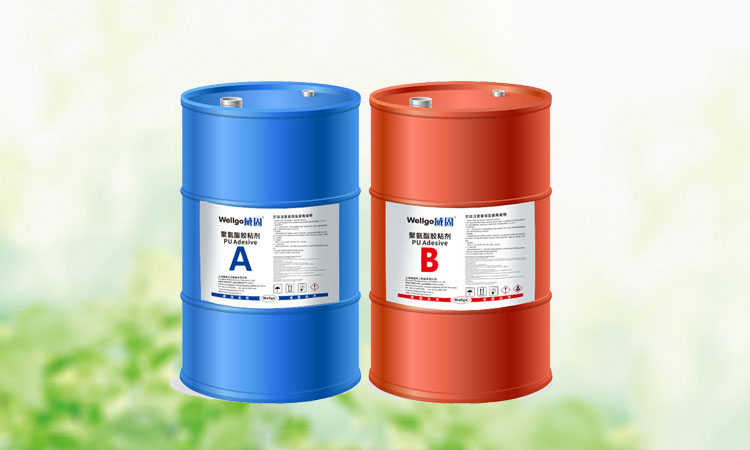There are many types of adhesives , can be divided into many types according to ingredients, uses, and physical forms. Here, the classification and uses of adhesives are sorted out from these three aspects. I hope it can help everyone.

1. Classified by ingredients
Adhesive type There are many, the more common ones are: urea-formaldehyde resin adhesive, polyvinyl acetate adhesive, polyacrylic acid resin adhesive, polyacrylic acid resin, polyurethane adhesive, hot melt adhesive, epoxy resin adhesive, synthetic Adhesives and more.
1. Silicone adhesive
is a sealing adhesive that is cold-resistant, heat-resistant, aging-resistant, waterproof, moisture-proof, It has the characteristics of high telescopic fatigue strength, small permanent deformation, and non-toxicity. In recent years, this type of adhesive has developed rapidly in China, but currently my country's raw materials for silicone adhesives partly rely on imports.
2. Polyurethane adhesive
can bond a variety of materials. After bonding, the physical and chemical properties of the material can still be maintained at low or ultra-low temperatures. Properties, mainly used in shoemaking, packaging, automobiles, magnetic recording materials and other fields.
3. Polyacrylic resin
It is mainly used in the production of pressure-sensitive adhesives and is also used in the textile and construction fields.
Construction adhesive: mainly used for decoration, sealing or bonding between structures in construction projects.
4. Hot melt adhesive
According to different raw materials, it can be divided into EVA hot melt adhesive, polyamide hot melt adhesive, polyester hot melt adhesive, polyolefin hot melt adhesive, etc. At present, EVA hot melt adhesive is mainly produced and used in China. The main raw materials of polyolefin series adhesives are ethylene series, SBS, and SIS copolymers.
5. Epoxy resin Adhesive
can bond metal and most non-metallic materials and is widely used Construction, automobiles, electronics, electrical appliances and daily household products

 微信扫一扫打赏
微信扫一扫打赏

